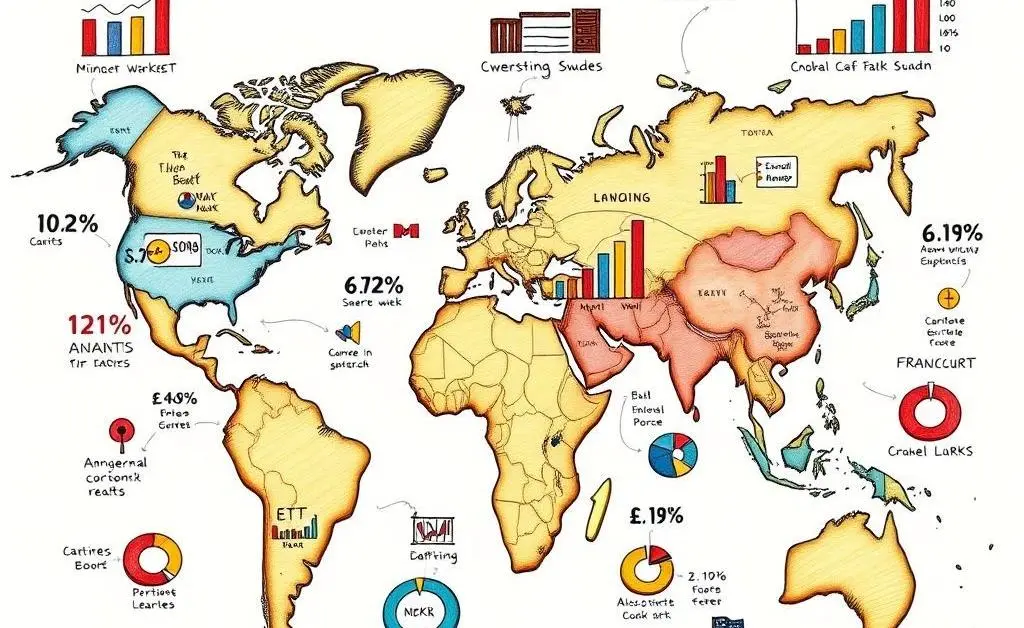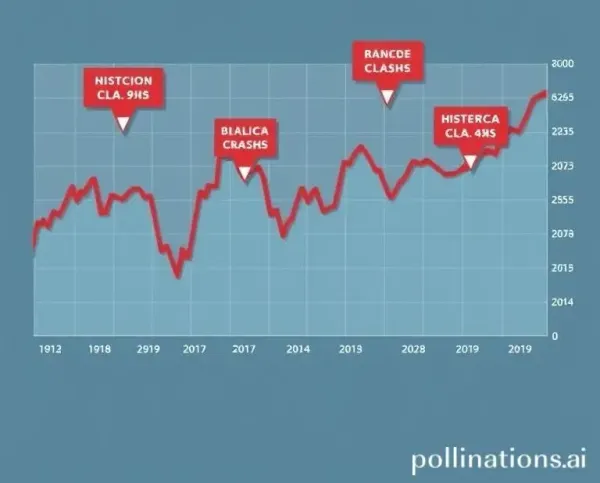How to Navigate Core ETF Selections and Make Your Investments Count
Discover essential tips for investing in core ETFs with confidence and ease.

Have you ever found yourself staring at a long list of Exchange Traded Funds (ETFs) feeling like you're lost in a sea of symbols and numbers? You're not alone. The world of ETFs can initially seem like a labyrinth, but with a bit of guidance, you'll be navigating it like a pro. Let's dive into how core ETF selections can simplify your investment strategy.
Understanding Core ETF Selections
Core ETFs are designed to serve as the foundation of a diversified portfolio. They typically exhibit broad market exposure and low costs, making them an attractive option for both novice and seasoned investors. So, what makes them 'core'?
- Broad Exposure: Core ETFs often track well-known indexes such as the S&P 500, ensuring exposure to a wide range of sectors.
- Low Expense Ratios: These funds tend to have lower fees, allowing more of your money to stay invested rather than eroded by costs.
- Stability: Investing in well-diversified and established indexes can provide more stability compared to single stocks.
Why Your Portfolio Needs Core ETFs
Imagine you're building a house. The core ETFs are the foundation. Without a strong base, nothing you build on top would be as secure. This concept resonates in investing: having core ETFs means you're aiming for long-term stability and growth.
Take Sarah, a novice investor who started with core ETFs years ago. Her goal was a steady but sure portfolio that wouldn't require constant attention. Fast forward to today, her initial investments have grown steadily, giving her financial confidence and peace of mind.
Choosing the Right Core ETFs for You
When faced with multiple options, making choices can be daunting. Here are some tips to keep your selection process stress-free:
1. Evaluate Your Goals: Are you looking for growth, income, or a blend of both?
2. Research the Index: Understand what index the ETF tracks, the market coverage it provides, and how it aligns with your strategy.
3. Check the Expense Ratio: Low costs mean more of your returns stay in your pocket.

Common Pitfalls
Even with the best intentions, investors can fall into traps. Avoid these common pitfalls:
- Chasing Returns: Past performance is no guarantee of future results.
- Over-diversification: Adding too many ETFs could mimic index performance without adding value.
Choosing the right core ETFs for your portfolio might feel overwhelming, but remember, it's all about aligning with your personal financial goals and maintaining a solid, cost-effective base.

How do you ensure your investments truly align with your long-term goals?




